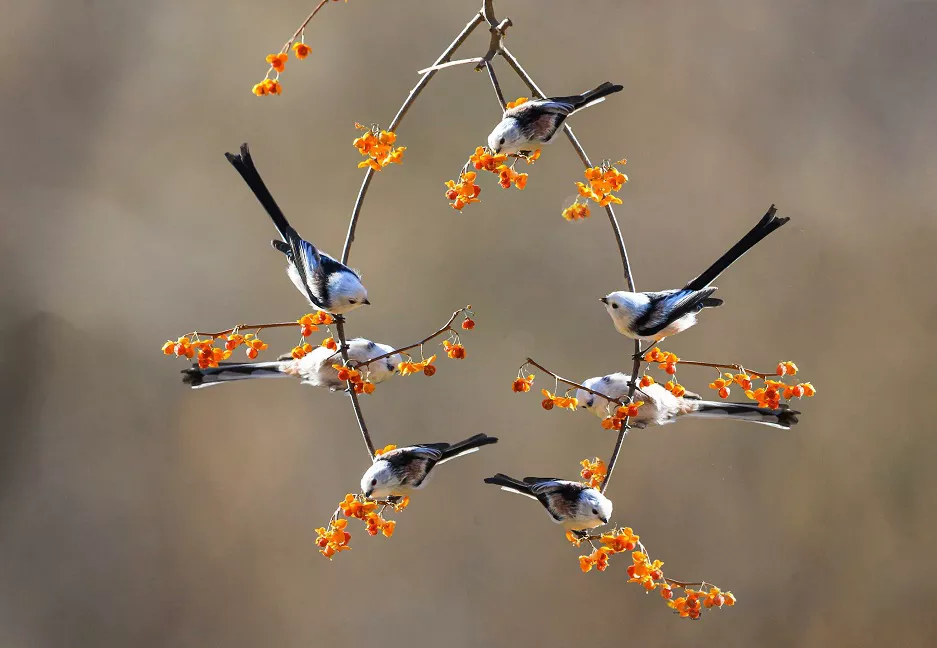Finches are small, colorful birds that can be found in various parts of the world. These charming creatures are known for their lively chirping and intricate nests. Building a nest is an essential part of a finch’s life cycle, as it provides shelter and protection for their eggs and chicks. Understanding the characteristics and structure of a finch nest can offer valuable insights into the behavior and habits of these remarkable avian species. In this article, we will explore the fascinating world of finch nests, examining their appearance, construction techniques, and the materials used by finches to create their cozy abodes.
1. The Appearance of a Finch Nest
Finch nests exhibit several distinctive features that set them apart from other bird nests. While there can be variations between different finch species, most nests share common characteristics. Typically, a finch nest has a cup-shaped structure with a rounded or domed roof. The nest is usually tightly woven and compact, providing a snug environment for the eggs and hatchlings.
Size and Dimensions:
Finch nests are relatively small in size, ranging from 2 to 4 inches in diameter. The depth of the nest can vary depending on the species and the number of eggs being incubated. Generally, the inner cup-shaped depression of the nest measures around 1 to 2 inches in depth.
Construction Techniques:
Finch nests are meticulously constructed using a combination of natural and man-made materials. The outer layer of the nest is often made of twigs, grass, and plant stalks, which provide structural support and camouflage. Inside, the nest is lined with softer materials such as moss, fine grass, feathers, or soft plant fibers, ensuring comfort for the eggs and hatchlings.
2. Materials Used in Finch Nests
Finches are resourceful builders, utilizing a variety of materials found in their surroundings to construct their nests. The choice of materials may differ based on the finch species and the local habitat. Let’s delve into some commonly used components:
Twigs and Branches:
The outer framework of a finch nest is constructed using small twigs and branches. These sturdy materials provide stability and protect the inner layers from external elements. Finches skillfully interweave these twigs to create a robust structure.
Plant Fibers and Grasses:
Finches incorporate various plant fibers and grasses into their nests. They carefully select long, flexible strands that can be easily woven together. These materials add strength and insulation to the nest while maintaining its flexibility.
Moss and Lichens:
To enhance the nest’s camouflage, finches often gather moss and lichens found on trees or the forest floor. By incorporating these natural elements, finches create nests that blend seamlessly with their surrounding environment, making them less visible to predators.
Feathers and Soft Materials:
The interior of a finch nest is lined with soft materials such as feathers, animal hair, or fine plant fibers. These materials provide comfort and insulation, ensuring an optimal environment for incubating eggs and rearing chicks.
3. Nest Placement and Location Preferences
Finches exhibit diverse preferences when it comes to selecting the ideal location for their nests. While some species build nests in trees and shrubs, others choose more unique locations, such as hanging baskets or crevices in buildings. Understanding these preferences can help bird enthusiasts attract finches to their gardens or observe their nesting behavior.
Trees and Shrubs:
Many finch species prefer to build their nests in the branches of trees or shrubs. They may select dense foliage, such as coniferous trees or thorny bushes, to provide additional protection from predators. These locations offer both camouflage and stability for the nest.
Open Nests:
Some finches opt for open nests, which are typically placed in a cup-like depression on a horizontal branch or a forked twig. These nests are more exposed but allow better access to direct sunlight, which aids in incubation.
Unique Locations:
Certain finch species demonstrate remarkable adaptability and may build nests in unconventional places. These can include hanging baskets, potted plants, or even the nooks and crannies of buildings. These alternative nesting sites provide a glimpse into the ingenuity of these small birds.
Conclusion
Finch nests are marvels of avian architecture, showcasing the intricate skills and resourcefulness of these delightful birds. By understanding the appearance, construction techniques, and materials used in finch nests, we gain valuable insights into their behavior and habitat preferences. Whether nestled among the branches of a tree or tucked away in an unexpected location, finch nests serve as safe havens for their eggs and hatchlings. As nature lovers, observing and appreciating the beauty of these nests allows us to further appreciate the wonders of the avian world.


 Facebook
Facebook  Instagram
Instagram  Youtube
Youtube 